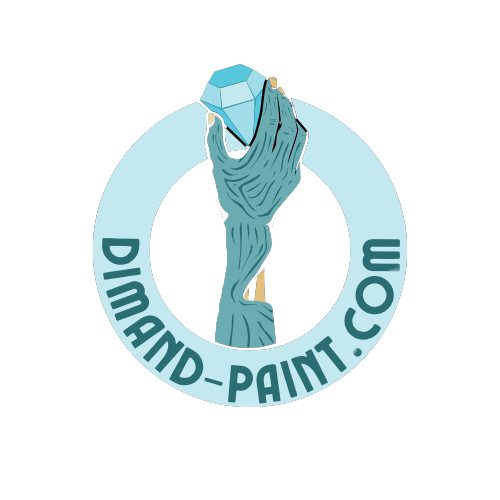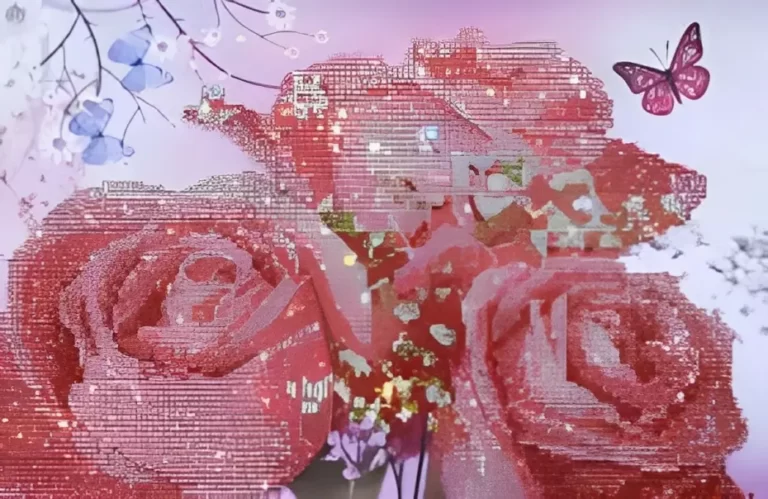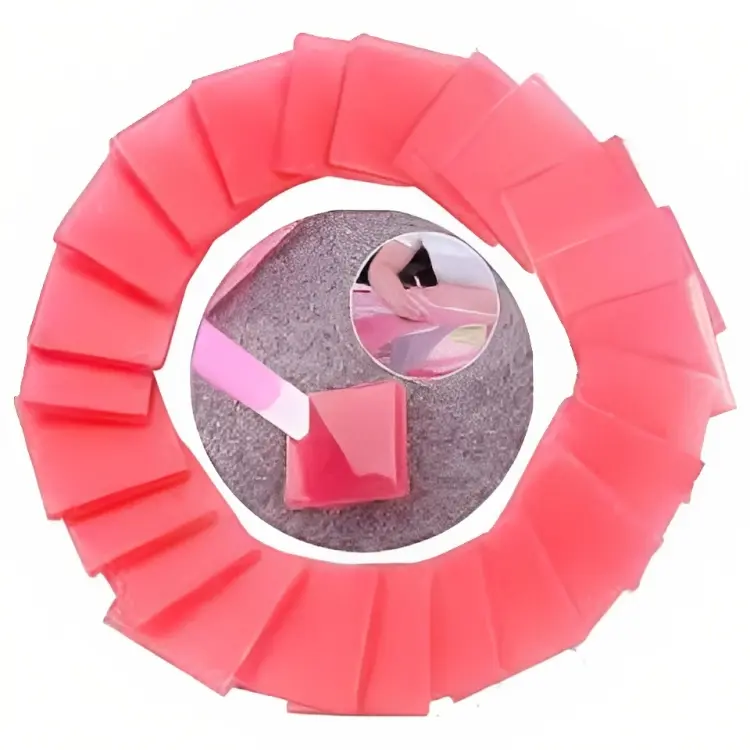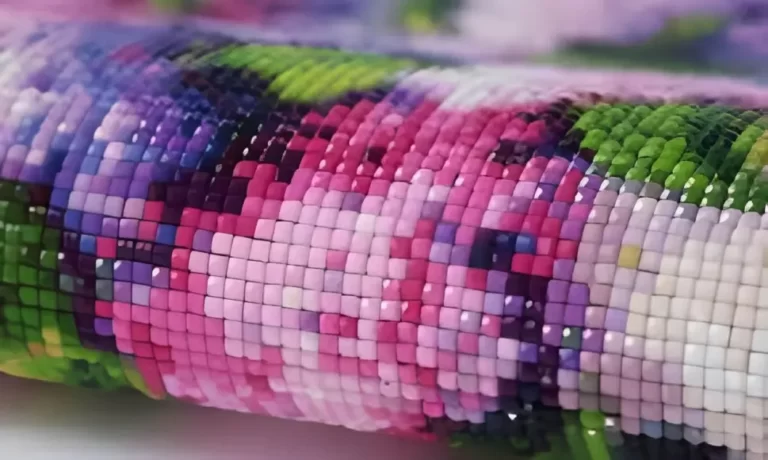What to Do with Leftover Drills from Diamond Painting?
Diamond painting has gained immense popularity in recent years as a creative and therapeutic craft. As you indulge in this artistic endeavor, you may end up with leftover drills—those small, sparkling resin rhinestones that make up the dazzling mosaic. In this article, we explore various creative ways to repurpose and make the most of these leftover drills, adding a touch of uniqueness and innovation to your crafting journey.
Understanding Diamond Painting
Before diving into the creative possibilities of leftover drills, let’s briefly understand the process of diamond painting. It is a meditative and enjoyable craft where an adhesive canvas is covered with drills, also known as “diamonds.” These drills, which resemble tiny faceted diamonds, are meticulously placed onto the canvas, creating a vibrant and eye-catching image. The drills are often color-coded and have corresponding symbols that match the canvas, guiding the placement process.
What Are Leftover Drills?
Leftover drills refer to the excess rhinestones that remain after completing a diamond painting project. Depending on the complexity of the design and the precision of your placements, you might have varying quantities of drills left. These drills come in different shapes, sizes, and colors, offering a treasure trove of creative potential.
Why Are There Leftover Drills?
Several factors can contribute to having leftover drills after completing a diamond painting project. Some common reasons include:
Creative Uses for Leftover Drills
Rather than letting those leftover drills gather dust, here are several exciting ways to utilize them creatively:
Making Custom Designs
Leftover drills can be a valuable resource for creating custom designs. You can use them to add intricate details or patterns to existing paintings or create entirely new designs. Let your imagination run wild as you experiment with different color combinations and shapes.
Enhancing Other Crafts
Integrate leftover drills into other crafts to add a touch of sparkle and elegance. They can be used to embellish greeting cards, scrapbooks, or handmade invitations. Incorporating these drills into various craft projects can elevate their aesthetic appeal and make them truly unique.
Creating Jewelry
Transform your leftover drills into stunning jewelry pieces. With some basic jewelry-making supplies and a bit of creativity, you can craft earrings, necklaces, bracelets, or even brooches. The dazzling drills will lend a touch of glamour and sophistication to your accessories.
Decorating Accessories
Unleash your creativity by using leftover drills to embellish accessories. Jazz up phone cases, keychains, wallets, or even shoes with these sparkling accents. By doing so, you’ll give a new lease of life to your accessories, making them eye-catching conversation starters.
DIY Home Decor
Leftover drills can be used to create unique and personalized home decor items. Decorate picture frames, candle holders, or vases with the drills to add a touch of elegance and glamour to your living spaces. You can also use the drills to create striking wall art or mosaic-style designs.
Educational Activities
Leftover drills can be an excellent resource for educational activities, especially for children. They can be used for counting, sorting, and pattern-making exercises. The drills can help enhance fine motor skills and hand-eye coordination while making learning fun and engaging.
Sharing with Fellow Crafters
Connect with the diamond painting community by sharing your surplus drills with fellow crafters. You can organize drill swaps or donate them to craft clubs, schools, or community centers. By sharing your leftover drills, you not only foster creativity but also contribute to a sense of camaraderie among craft enthusiasts.
How to Store Leftover Drills
Proper storage of leftover drills ensures they remain organized and readily available for future projects. Consider the following storage options:
Remember to label each storage container with the corresponding color or symbol to maintain clarity and ease of use.
Conclusion
Leftover drills from diamond painting projects hold immense creative potential. By exploring the various ideas mentioned above, you can transform these surplus drills into stunning custom designs, jewelry, home decor items, and much more. Embrace the opportunity to let your imagination soar and make the most of these sparkling gems.







